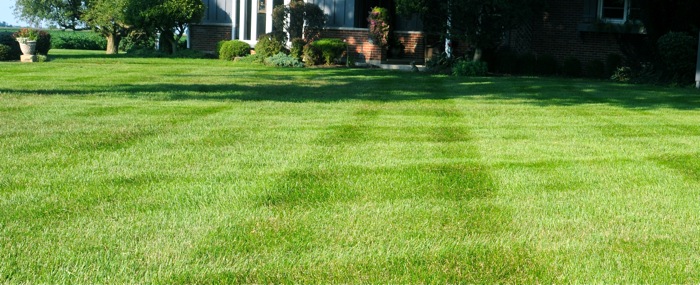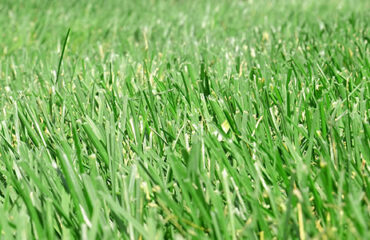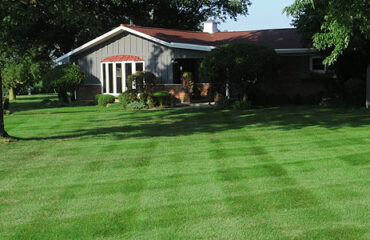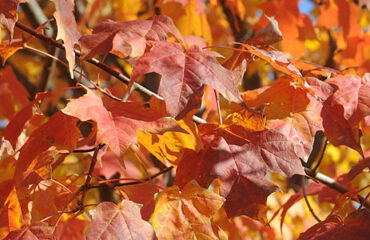Occasionally you have a winter like this one…where it’s warmer than anticipated, no snow, and presently there’s been rain in the forecast for the past week.
Some call it the doom and gloom of Ohio winters, but before you dump on Mother Nature and blame your mood on a deficiency in Vitamin D, consider the upside of a wet winter without freezing temperatures and snow.
It’s call the “funding the water table”, as one of the university websites on turf management writes, the amount of stored water under the surface of the landscape, and water that sustains plant growth and vitality during the dry, hot months of July and August – months when there is no rain!
The more it rains now the higher the water table becomes (closer to the surface of the ground), and the less watering you need to consider in six months. Ground water is good for what ails you, pure and simple, whether you get your drinking water from a well or you depend upon it to sustain your lawn and garden.
Now, similarly it’s important to protect that water during the growing season, and here’s how you do it.
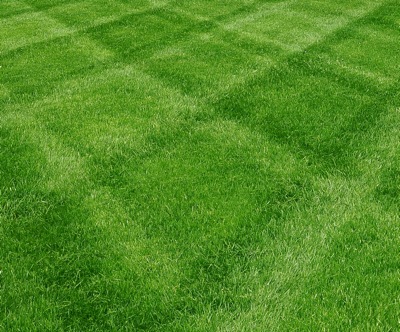 You plan for, plant, fertilize, and mow appropriately to create a sustaining canopy of grass. That’s right, just as mulching your landscaped beds helps to maintain moisture beneath, so too does a healthy lawn help in insulating the ground water that’s up to three feet beneath the surface – and often more (see photo above). That’s why it’s important to raise the blade on your mower during July and August, to maintain and deeper, thicker insulating blanket for the ground water below.
You plan for, plant, fertilize, and mow appropriately to create a sustaining canopy of grass. That’s right, just as mulching your landscaped beds helps to maintain moisture beneath, so too does a healthy lawn help in insulating the ground water that’s up to three feet beneath the surface – and often more (see photo above). That’s why it’s important to raise the blade on your mower during July and August, to maintain and deeper, thicker insulating blanket for the ground water below.
They go hand in hand – the water table and your lawn. One sustains while the other protects our most important natural resource – moisture.
Think of that the next time you look out and curse the weather. But plan accordingly for the coming season. The relationship between ground water and a healthy lawn goes far beyond looks and property value

